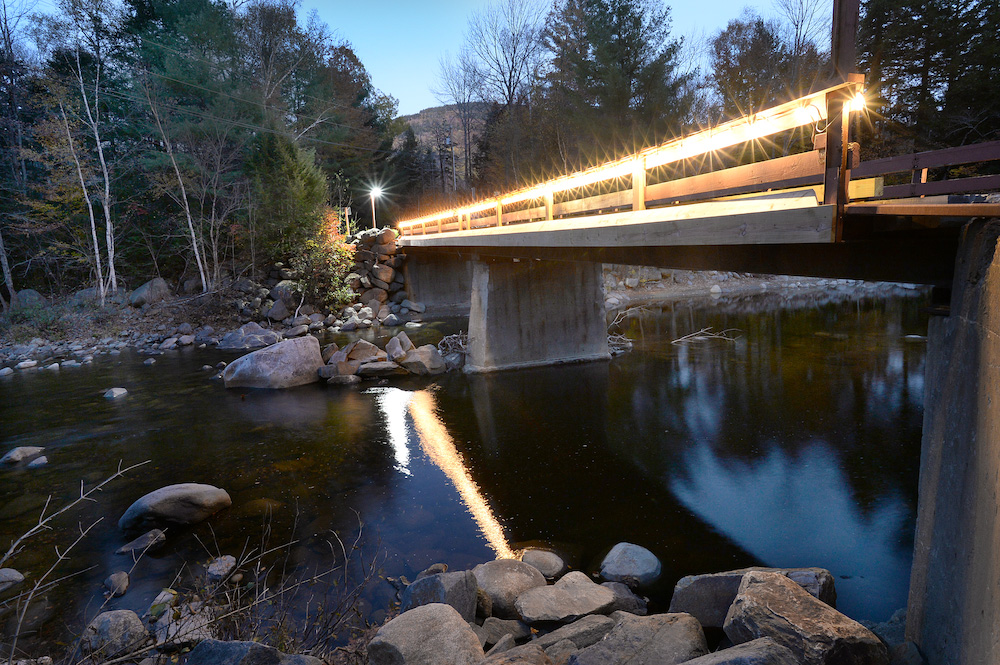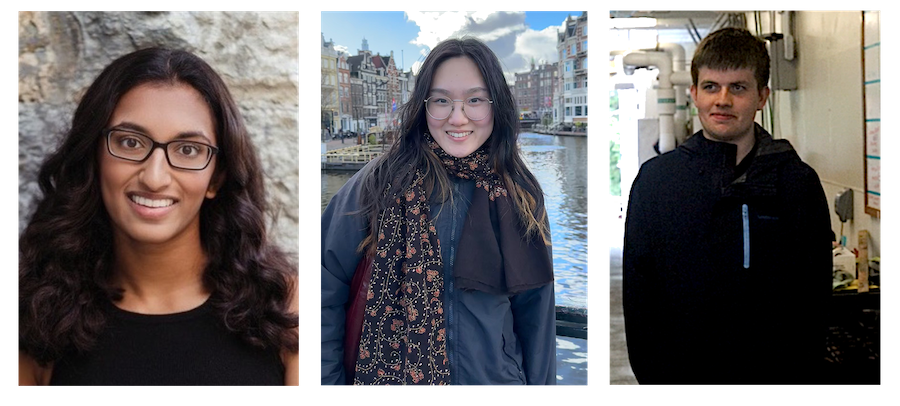Bowdoin Organic Garden: Biologist Turned Artist Ian Trask ‘05 Picks “Favorite Maine Place.”
By Tom Porter“The more time you spend in a place, the more you feel connected to it,” said artist Ian Trask, reflecting on the Bowdoin Organic Garden. Trask was featured in a recent Down East Magazine article in which he was asked to pick one of his favorite Maine places.

Visual artist Ian Trask '05. Image: iantrask.com
His original career path was science, he said, but after majoring in biology at Bowdoin and working in a Massachusetts genetics lab for a couple of years, he decided to change direction and turn a hobby into a career. Working from his studio at Fort Andross in Brunswick, Trask, we are told, makes art that is “informed by [his] science background,” featuring “what’s become his artistic stamp: the use of man-made refuse for materials, including discarded electronics and parts, junk-store bric-a-brac, and literal trash.”
Trask said one of his favorite places to visit in Maine is the student organic gardens at Bowdoin, where he picked up a part-time job to learn about organic horticulture. According to the article: “Visitors to one of the quiet, green plots at the edge of campus might find a greenhouse Trask helped build, a row of fruit trees he helped plant, or a hardy kiwi vine he spent countless hours treating and pruning.”
Given that the garden is in what Trasks calls "such a high-traffic location, where a bunch of students are going to receive the same education and formative experience, it’s nice to know that, in some ways, I’ve contributed and left a mark there,” he commented.


Mind Loops, at Rockland’s Center for Maine Contemporary Art, features works created with materials intercepted from the local waste stream and runs until January 8, 2023.
Life Hack, at West Gardiner’s Center for Maine Craft, combines discarded computer mice, electronic waste, and other man-made debris to create a series of “fantastical specimens of cyborg insects.”



